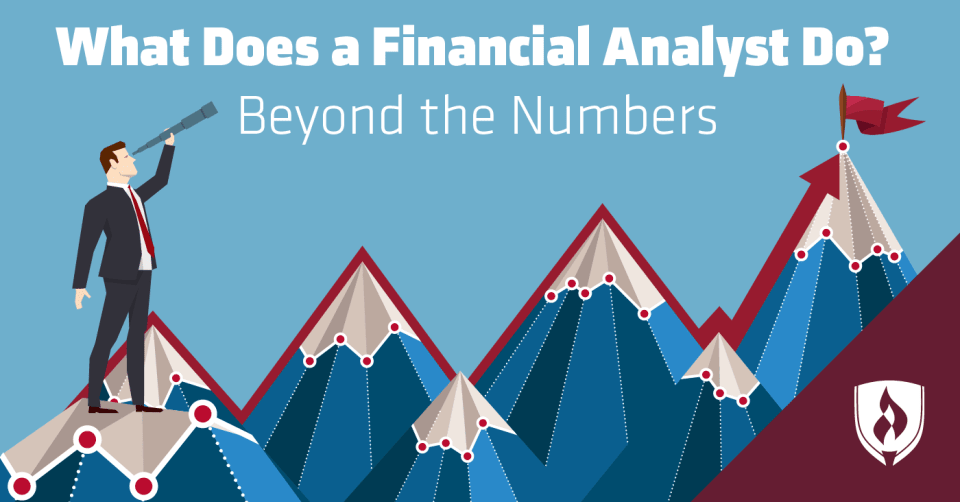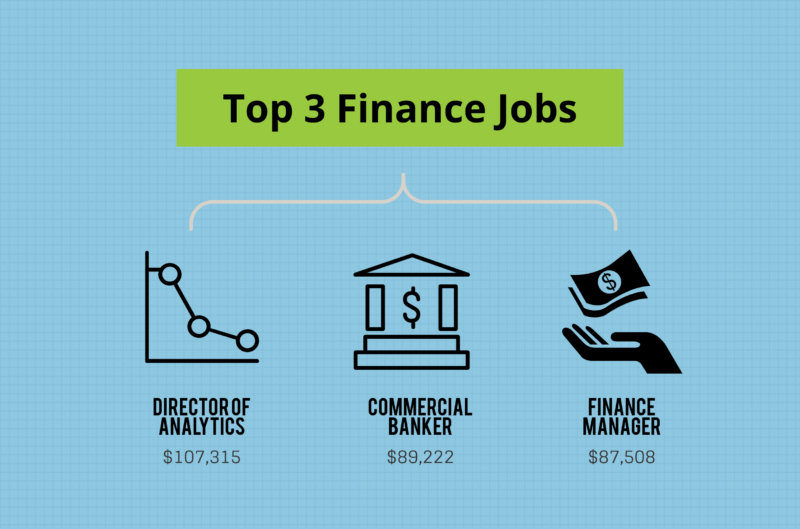Table of ContentsHow What Does The Frnce Bond Market Finance can Save You Time, Stress, and Money.The 30-Second Trick For What Is Bond Valuation In FinanceWhat Does A City Could Issue Which Type Of Bond? Quizlet Mean?The Greatest Guide To What Is A Bond In Finance
In finance, a bond is an instrument of insolvency of the bond provider to the holders. The most typical kinds of bonds consist of community bonds and business bonds. Bonds can be in mutual funds or can be in private investing where a person would provide a loan to a company or the government.
Interest is typically payable at fixed periods (semiannual, annual, sometimes regular monthly). Really often the bond is negotiable, that is, the ownership of the instrument can be transferred in the secondary market. This indicates that once the transfer representatives at the bank medallion mark the bond, it is highly liquid on the secondary market.
Bonds supply the borrower with external funds to fund long-lasting financial investments, or, in the case of government bonds, to fund existing expense. Certificates of deposit (CDs) or short-term business paper are thought about [] to be cash market instruments and not bonds: the primary difference is the length of the term of the instrument.
Being a creditor, bondholders have priority over investors. This means they will be paid back in advance of investors, however will wesley financial services rank behind protected financial institutions, in case of insolvency. Another difference is that bonds generally have actually a defined term, or maturity, after which the bond is redeemed, whereas stocks usually remain outstanding indefinitely.
In English, the word "bond" associates with the etymology of "bind". In the sense "instrument binding one to pay an amount to another"; usage of the word "bond" dates from at least the 1590s. Bonds are provided by public authorities, credit organizations, companies and supranational institutions in the main markets.
When a bond concern is underwritten, one or more securities firms or banks, forming a syndicate, purchase the entire concern of bonds from the issuer and re-sell them to investors. The security firm takes the danger of being not able to sell on the concern to end investors. Main issuance is organized by who set up the bond issue, have direct contact with investors and serve as advisors to the bond company in regards to timing and rate of the bond problem.
The bookrunners' willingness to underwrite need to be talked about prior to any choice on the regards to the bond problem as there might be minimal need for the bonds. In contrast, government bonds are typically released in an auction. In some cases, both members of the public and banks might bid for bonds.
How To Add Bond Holdings To Yahoo Finance Portfolio Can Be Fun For Everyone
The total rate of return on the bond depends upon both the terms of the bond and the price paid. The terms of the bond, such as the voucher, are repaired in advance and the price is identified by the market. In the case of an underwritten bond, the underwriters will charge a cost for underwriting.
Bonds offered directly to purchasers may not be tradeable in the bond market. Historically an alternative practice of issuance was for the loaning government authority to provide bonds over an amount of time, normally at a fixed rate, with volumes offered on a particular day depending on market conditions. This was called a tap concern or bond tap.
Treasury Bond Nominal, principal, par, or face amount is the quantity on which the issuer pays interest, and which, most typically, needs to be paid back at the end of the term. Some structured bonds can have a redemption amount which is various from the face amount and can be connected to the efficiency of specific possessions.
As long as all due payments have been made, the issuer has no additional commitments to the bond holders after the maturity date. The length of time until the maturity date is frequently referred to as the term or tenor or maturity of a bond. The maturity can be any length of time, although debt securities with a regard to less than one year are normally designated cash market instruments instead of bonds.

Some bonds have been provided with terms of 50 years or more, and traditionally there have been some http://deanasnu620.bearsfanteamshop.com/h1-style-clear-both-id-content-section-0-what-does-what-is-a-derivative-finance-baby-terms-do-h1 concerns with no maturity date (irredeemable). In the market for United States Treasury securities, there are four classifications of bond maturities: short-term (bills): maturities in between absolutely no and one year; medium term (notes): maturities between one and ten years; long term (bonds): maturities between 10 and thirty years; Continuous: no maturity Period.
For fixed rate bonds, the coupon is repaired throughout the life of the bond. For floating rate notes, the voucher varies throughout the life of the bond and is based on the motion of a cash market recommendation rate (frequently LIBOR). Historically, discount coupons were physical attachments to the paper bond certificates, with each discount coupon representing an interest payment.
Today, interest payments are practically always paid electronically. Interest can be paid at various frequencies: typically semi-annual, i.e. every 6 months, or yearly. The yield is the rate of return received from purchasing the bond. It typically refers either to: The current yield, or running yield, which is merely the annual interest payment divided by the current market value of the bond (frequently the tidy rate).
Getting The What Is A Bond In Finance To Work
Because it takes into consideration the present value of a bond's future interest payments, it is a more accurate procedure of the return on a bond than current yield. The quality of the problem refers to the possibility that the bondholders will receive the quantities guaranteed at the due dates.

This will depend on a wide variety of factors. High-yield bonds are bonds that are rated below investment grade by the credit score companies. As these bonds are riskier than financial investment grade bonds, investors anticipate to make a greater yield. These bonds are likewise called scrap bonds. The market rate of a tradable bond will be affected, among other aspects, by the quantities, currency and timing of the interest payments and capital repayment due, the quality of the bond, and the readily available redemption yield of other comparable bonds which can be sold the markets - a city could issue which type of bond? quizlet.
" Dirty" consists of today worth of all future money circulations, consisting of accumulated interest, and is usually used in Europe. "Clean" does not consist of accrued interest, and is most frequently used in the U.S. The problem rate at which financiers purchase the bonds when they are very first provided will normally be roughly equal to the nominal quantity.
The market price of the bond will vary over its life: it may trade at a premium (above par, generally since market rate of interest have fallen given that issue), or at a discount rate (price listed below par, if market rates have increased or there is a high probability of default on the bond).
Covenants define the rights of shareholders and the duties of providers, such as actions that the issuer is obliged to carry out or is forbidden from carrying out - what is a bond finance rt511. In the U.S., federal and state securities and commercial laws apply to the enforcement of these agreements, which are interpreted by courts as contracts in between issuers and bondholders.
Optionality: Occasionally a bond may include an ingrained choice; that is, it grants option-like features to the holder or the issuer: CallabilitySome bonds provide the provider the right to pay back the bond prior to the maturity date on the call dates; see call option. These bonds are described as callable bonds.
With some bonds, the issuer has to pay a premium, the so-called call premium. This is mainly the case for high-yield bonds. These have extremely rigorous covenants, restricting the provider in its operations. To be totally free from these covenants, the company can repay the bonds early, but just at a high expense.
3 Simple Techniques For What Type Of Bond Offering To Finance Capital Expenditures
These are described as retractable or putable bonds. Call dates and put datesthe dates on which callable and putable bonds can be redeemed early. There are four main classifications: A Bermudan callable has numerous call dates, typically corresponding with coupon dates. A European callable has just one call date.
An American callable can be called at any time up until the maturity date. A death put is an optional redemption function on a financial obligation instrument enabling the recipient of the estate of a deceased shareholder to put (sell) the bond back to the company at stated value in the event of the bondholder's death or legal incapacitation.